Getting Stared: Seeding Spring Crops Indoors
Why Start Seeds Indoors?
It is a great idea to plant seeds indoors for crops that tolerate transplanting into your garden as seedlings. Plants started indoors have better germination rates due to a stable environment and protection from pests, and vigorous seedlings can flower and be ready to harvest sooner. Plus, you’ll soon have beautiful baby plants to brighten up the last dreary days of winter!
What Seeds Can I Plant in Winter?
Not all plants like to be transplanted as seedlings, but many popular crops get a good head start indoors. Seed packages will indicate if the seed can be started indoors or be sown directly outside. Many early crops, including broccoli, cauliflower, kale, and lettuces, can all be started in February! Our farmers start the following spring crops in our greenhouse: kale, collards, mustard, and Swiss chard.
Other crops that will transplant into your garden early and tolerate light frosts include: all brassicas (Broccoli, Brussels sprouts, Cauliflower, and Cabbage), and leafy greens such as Collards, Mustards, and all Lettuce varieties.
The right time to start seeds indoors depends on two main factors: 1) When they can be planted outside, and 2) How long they need to grow to the appropriate size. To figure this out, you need to know your region’s average last frost date. In Missouri, we are in zone 6B and this date is April 15th. This is the date that divides when you can transplant early crops (that tolerate light frost) from those that must be transplanted weeks after the last frost in warmer soil.
Many warm season vegetables and herbs can also be started early (February or March), and kept for longer indoors. By the end of February, our farmers will start tomatoes, peppers, eggplant, thyme, sage, and lavender seeds in our greenhouse. These seedlings need more time to be ready for transplant, so it helps to start them early.
Find your Planting Calendar
This can seem like a lot of information to manage! Getting some help from a good planting calendar helps you determine when to start your crops. Many agricultural extension services publish calendars for their region. Here in Missouri, Missouri University Extension maintains a guide on when to start seeds indoors and a planting calendar that details when transplants can be moved outdoors and seeds be sown directly outside.
DIY Seed Trays
Popular seed-starting containers that you can purchase at a nursery or home and garden store include: plastic, wooden, or fiber trays, small plastic or ceramic pots, biodegradable peat pots, and peat pellets. However, if you’re looking for upcycling options to save money and reuse materials, you have many options! Here are some fun DIY seed tray ideas: Eggshells and egg cartons, Takeout containers, milk cartons, toilet paper rolls, and newspaper pots.
Tips for Strong Seedlings
Germination medium
You may purchase or make your own germination mix, which must be fine-textured, loose and light weight, and drain quickly. It is best not to use regular planting soil or fertilizer at this early stage.
The primary components of these mixes are: Perlite, Peat, and Vermiculite
Enough light
Seeds do not need light to germinate, but once they’ve sprouted they will definitely need plenty! Seeds often do very well under “grow lights,” but if this is not something you can do, make sure to place them in a south-facing window to maximize how much sunlight they get each day.
Air circulation
Initially, many growers cover their seed trays with a clear plastic dome. This creates a mini-greenhouse effect, trapping humidity and warmth to promote germination. Once your seeds have sprouted, however, it’s a good idea to remove the dome regularly to get fresh air to the seedlings.
Air flow and a breeze on your growing seedlings will help strengthen their stems. Many gardeners set up fans indoors to circulate air, but you can also replicate this effect by regularly running your hands gently over the seedlings to simulate air movement.
Watering
Seeds and seedlings do best when kept evenly moist. Too much water will promote mould growth in your germination mix or even drown your roots. Check daily to make sure that the growing media is damp rather than dry or soaking, and lightly water when needed.
For more details, check out MU Extension’s guide to starting plants indoors from seed.



